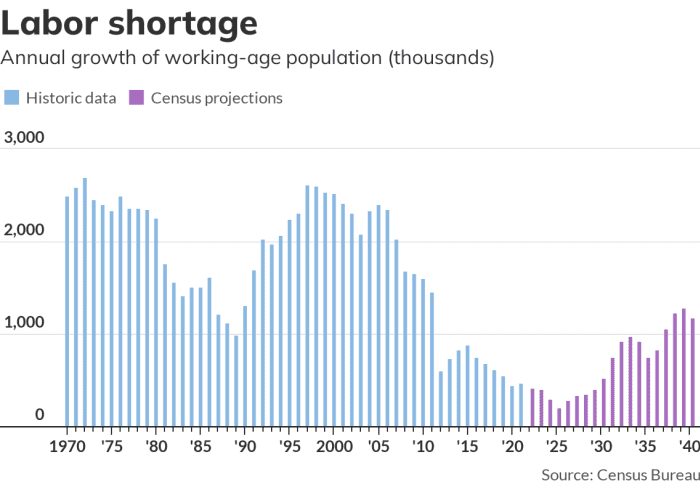One night last month, Britt Gerhard and her husband heard a bang on the roof of their house in San Francisco around 8 p.m. It was so loud, they thought it was an earthquake.
The couple had just put their 4-year-old daughter to bed, and Gerhard, a 38-year-old artist, was alarmed. Suddenly, shiny and silver things, each just a few inches long, began flying past the window.
They were anchovies
“We went outside, and there were just fish everywhere, about 20 to 30 fish,” Gerhard said. “I was like, ‘OK, we’ve had a pandemic and fires and now, fish are falling from the sky.’”
In the past month, a handful of residents in the Bay Area have reported similar occurrences. Then, last week, several thousand dead anchovies washed up about 30 miles north, on the shore of the Bolinas Lagoon.
The happenings might seem bizarre, or even biblical, but scientists say they have a perfectly rational explanation: The anchovy population off the California coast is booming.
Those that washed ashore were likely chased by marine predators into the shallow lagoon waters, where they soon got stuck and ran out of oxygen, said Jarrod Santora, a marine ecologist with the National Oceanic and Atmospheric Administration.
As for the fish falling from the sky, he added, “That’s just birds carrying them back to their chicks, and they can only carry so many, and some of them fall out.”
Santora said that the gulls that nest atop buildings in the city often fight one another for food, and that they might drop their fish in a process known as kleptoparasitism: “That’s when a bird beats up on another bird for its lunch.”
Anchovies are a boom-and-bust species: Their populations naturally shrink and expand, and scientists don’t know exactly why. But since a marine heat wave that ended around 2016, the population of anchovies off the California coast has exploded “by orders of magnitude,” Santora said. It has created a banquet for the birds, sea lions and whales that feast on them, he added.
“These humpbacks are recovering, and they’re very hungry,” Santora said, adding that he suspected that a group of the whales could have driven the anchovies into shallow water. The whales, he said, cooperatively feed in small groups by splitting the fish into smaller schools, weakening their defenses.
“Five humpback whales can move an anchovy school basically anywhere they want to,” he added, “and just scoop it all up.”
The mass anchovy die-off in Bolinas Lagoon was rare, but not unprecedented. In 2013, anchovies crowded into Santa Cruz harbor, depriving themselves of oxygen. The next year, a mass die-off of the tiny fish fouled an Oregon beach town. Earlier this year, thousands of the fish also washed up dead on a beach in Chile.
Rudi Ferris, a fisherman who has lived in Bolinas for more than five decades, said that he recalled a handful of die-offs in the seaside town, and that only one, in the late 1970s, rivaled the carnage he witnessed last month.
“It stunk horribly for a really long time,” said Ferris, 71. This time, he added, he watched the scene from afar through his binoculars. A mass of pelicans and gulls were “frantically eating,” he said.
Staff members with Marin County Parks, which manages the lagoon, said that most of the fish had either been eaten or washed back out to sea, but that the phenomenon had provided a brief glimpse into the wonders of ocean life.
“We don’t usually get to see how many fish are in the ocean,” said Max Korten, director and general manager for Marin County Parks. “It’s kind of amazing.”
© 2022 The New York Times Company
.jpg)








